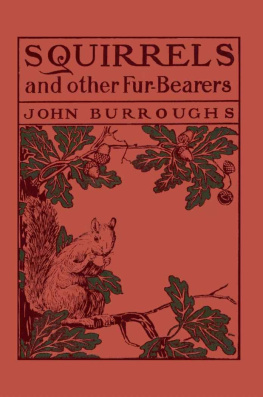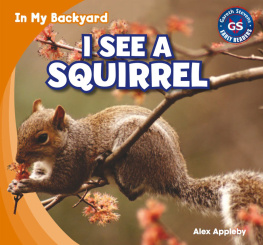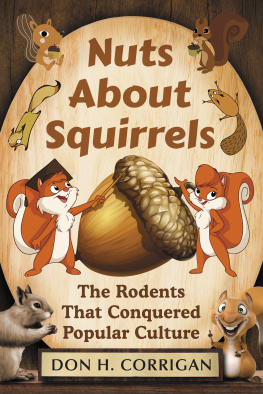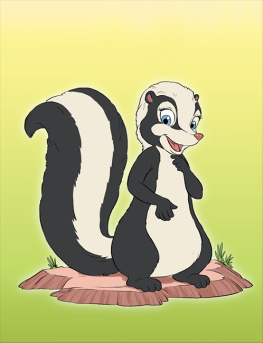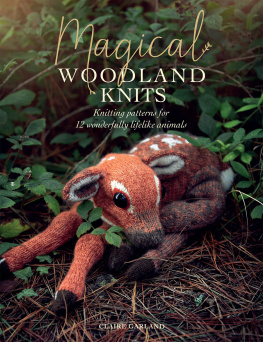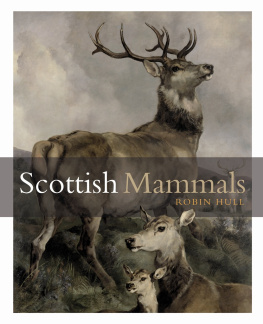John Burroughs - Squirrels and Other Fur-bearers
Here you can read online John Burroughs - Squirrels and Other Fur-bearers full text of the book (entire story) in english for free. Download pdf and epub, get meaning, cover and reviews about this ebook. year: 2006, publisher: Yesterdays Classics, genre: Detective and thriller. Description of the work, (preface) as well as reviews are available. Best literature library LitArk.com created for fans of good reading and offers a wide selection of genres:
Romance novel
Science fiction
Adventure
Detective
Science
History
Home and family
Prose
Art
Politics
Computer
Non-fiction
Religion
Business
Children
Humor
Choose a favorite category and find really read worthwhile books. Enjoy immersion in the world of imagination, feel the emotions of the characters or learn something new for yourself, make an fascinating discovery.
- Book:Squirrels and Other Fur-bearers
- Author:
- Publisher:Yesterdays Classics
- Genre:
- Year:2006
- Rating:4 / 5
- Favourites:Add to favourites
- Your mark:
- 80
- 1
- 2
- 3
- 4
- 5
Squirrels and Other Fur-bearers: summary, description and annotation
We offer to read an annotation, description, summary or preface (depends on what the author of the book "Squirrels and Other Fur-bearers" wrote himself). If you haven't found the necessary information about the book — write in the comments, we will try to find it.
Squirrels and Other Fur-bearers — read online for free the complete book (whole text) full work
Below is the text of the book, divided by pages. System saving the place of the last page read, allows you to conveniently read the book "Squirrels and Other Fur-bearers" online for free, without having to search again every time where you left off. Put a bookmark, and you can go to the page where you finished reading at any time.
Font size:
Interval:
Bookmark:
All rights reserved. No part of this book may be reproduced or retransmitted in any form or by any means without the written permission of the publisher.
This edition, first published in 2010 by Yesterday's Classics, an imprint of Yesterday's Classics, LLC, is an unabridged republication of the work originally published by Houghton, Mifflin & Co. in 1901. This title is available in a print edition (ISBN 978-1-59915-070-3).
Yesterday's Classics republishes classic books for children from the golden age of children's literature, the era from 1880 to 1920. Many of our titles are offered in high-quality paperback editions, with text cast in modern easy-to-read type for today's readers. The illustrations from the original volumes are included except in those few cases where the quality of the original images is too low to make their reproduction feasible. Unless specified otherwise, color illustrations in the original volumes are rendered in black and white in our print editions.
W ALKING through the early October woods one day, I came upon a place where the ground was thickly strewn with very large unopened chestnut burrs. On examination I found that every burr had been cut square off with about an inch of the stem adhering, and not one had been left on the tree. It was not accident, then, but design. Whose design? A squirrel's. The fruit was the finest I had ever seen in the woods, and some wise squirrel had marked it for his own. The burrs were ripe, and had just begun to divide. The squirrel that had taken all these pains had evidently reasoned with himself thus: "Now, these are extremely fine chestnuts, and I want them; if I wait till the burrs open on the tree, the crows and jays will be sure to carry off a great many of the nuts before they fall; then, after the wind has rattled out what remain, there are the mice, the chipmunks, the red squirrels, the racoons, the grouse, to say nothing of the boys and the pigs, to come in for their share; so I will forestall events a little: I will cut off the burrs when they have matured, and a few days of this dry October weather will cause every one of them to open on the ground; I shall be on hand in the nick of time to gather up my nuts." The squirrel, of course, had to take the chances of a prowler like myself coming along, but he had fairly stolen a march on his neighbors. As I proceeded to collect and open the burrs, I was half prepared to hear an audible protest from the trees about, for I constantly fancied myself watched by shy but jealous eyes. It is an interesting inquiry how the squirrel knew the burrs would open if left to lie on the ground a few days. Perhaps he did not know, but thought the experiment worth trying.
One reason, doubtless, why squirrels are so bold and reckless in leaping through the trees is that, if they miss their hold and fall, they sustain no injury. Every species of tree-squirrel seems to be capable of a sort of rudimentary flying,at least of making itself into a parachute, so as to ease or break a fall or a leap from a great height. The so-called flying squirrel does this the most perfectly. It opens its furry vestments, leaps into the air, and sails down the steep incline from the top of the one tree to the foot of the next as lightly as a bird. But other squirrels know the same trick, only their coat-skirts are not so broad. One day my dog treed a red squirrel in a tall hickory that stood in a meadow on the side of a steep hill. To see what the squirrel would do when closely pressed, I climbed the tree. As I drew near he took refuge in the topmost branch, and then, as I came on, he boldly leaped into the air, spread himself out upon it, and, with a quick, tremulous motion of his tail and legs, descended quite slowly and landed upon the ground thirty feet below me, apparently none the worse for the leap, for he ran with great speed and eluding the dog took refuge in another tree.
A recent American traveler in Mexico gives a still more striking instance of this power of squirrels partially to neutralize the force of gravity when leaping or falling through the air. Some boys had caught a Mexican black squirrel, nearly as large as a cat. It had escaped from them once, and, when persued, had taken a leap of sixty feet, from the top of a pine-tree down upon the roof of a house, without injury. This feat had led the grandmother of one of the boys to declare that the squirrel was bewitched, and the boys proposed to put the matter to further test by throwing the squirrel down a precipice six hundred feet high. Our traveler interfered, to see that the squirrel had fair play. The prisoner was conveyed in a pillow-slip to the edge of the cliff, and the slip opened, so that he might have his choice, whether to remain a captive or to take the leap. He looked down the awful abyss, and then back and sidewisehis eyes glistening, his form crouching. Seeing no escape in any other direction, "he took a flying leap into space, and fluttered rather than fell into the abyss below. His legs began to work like those of a swimming poodle-dog, but quicker and quicker, while his tail, slightly elevated, spread out like a feather fan. A rabbit of the same weight would have made the trip in about twelve seconds; the squirrel protracted it for more than half a minute," and "landed on a ledge of limestone, where we could see him plainly squat on his hind legs and smooth his ruffled fur, after which he made for the creek with a flourish of his tail, took a good drink, and scampered away into the willow thicket."

F LYING S QUIRREL
The story at first blush seems incredible, but I have no doubt our red squirrel would have made the leap safely; then why not the great black squirrel, since its parachute would be proportionately large?
The tails of the squirrels are broad and long and flat, not short and small like those of gophers, chipmunks, woodchucks, and other ground rodents, and when they leap or fall through the air the tail is arched and rapidly vibrates. A squirrel's tail, therefore, is something more than ornament, something more than a flag; it not only aids him in flying, but it serves as a cloak, which he wraps about him when he sleeps.
In making the flying leap I have described the animals' legs are widely extended, their bodies broadened and flattened, the tail stiffened and slightly curved, and a curious tremulous motion runs through all. It is very obvious that a deliberate attempt is made to present the broadest surface possible to the air, and I think a red squirrel might leap from almost any height to the ground without serious injury. Our flying squirrel is in no proper sense a flyer. On the ground he is more helpless than a chipmunk, because less agile. He can only sail or slide down a steep incline from the top of one tree to the foot of another. The flying squirrel is active only at night; hence its large, soft eyes, its soft fur, and its gentle, shrinking ways. It is the gentlest and most harmless of our rodents. A pair of them for two or three successive years had their nest behind the blinds of an upper window of a large, unoccupied country-house near me. You could stand in the room inside and observe the happy family through the window pane against which their nest pressed. There on the window sill lay a pile of large, shining chestnuts, which they were evidently holding against a time of scarcity, as the pile did not diminish while I observed them. The nest was composed of cotton and wool which they filched from a bed in one of the chambers, and it was always a mystery how they got into the room to obtain it. There seemed to be no other avenue but the chimney flue.
Font size:
Interval:
Bookmark:
Similar books «Squirrels and Other Fur-bearers»
Look at similar books to Squirrels and Other Fur-bearers. We have selected literature similar in name and meaning in the hope of providing readers with more options to find new, interesting, not yet read works.
Discussion, reviews of the book Squirrels and Other Fur-bearers and just readers' own opinions. Leave your comments, write what you think about the work, its meaning or the main characters. Specify what exactly you liked and what you didn't like, and why you think so.

